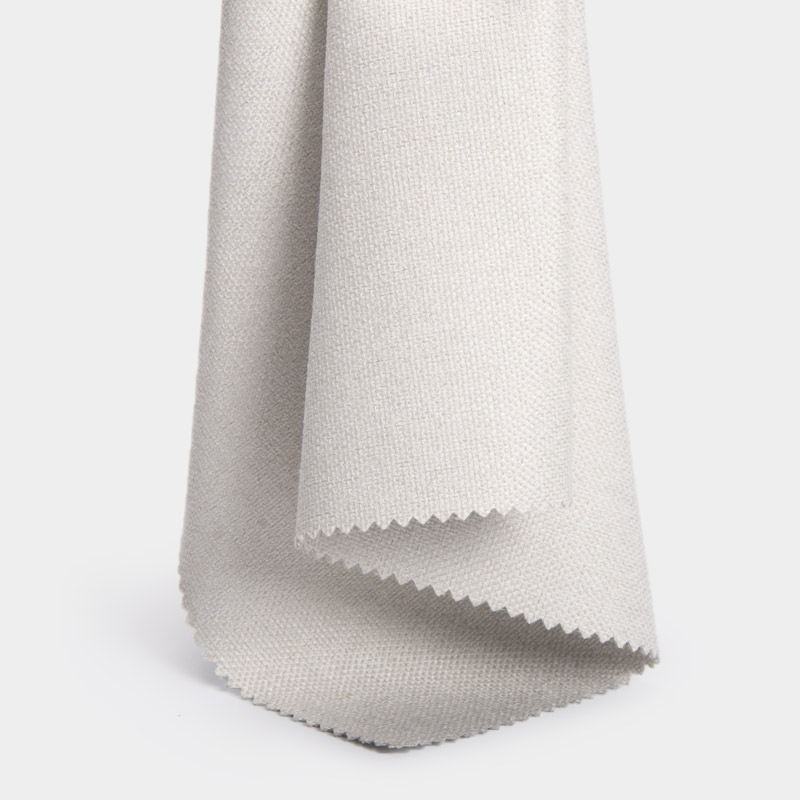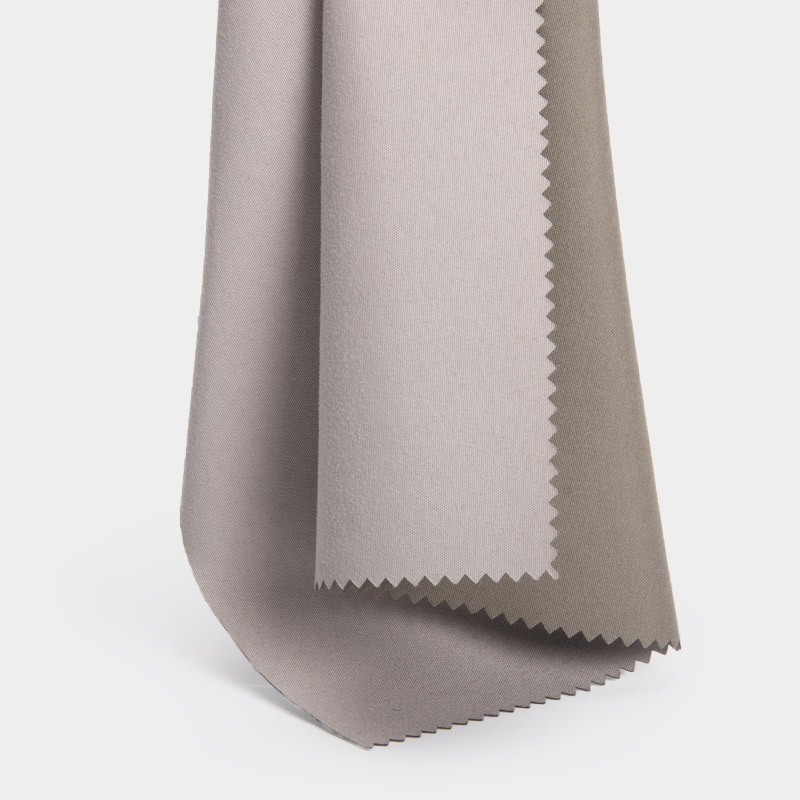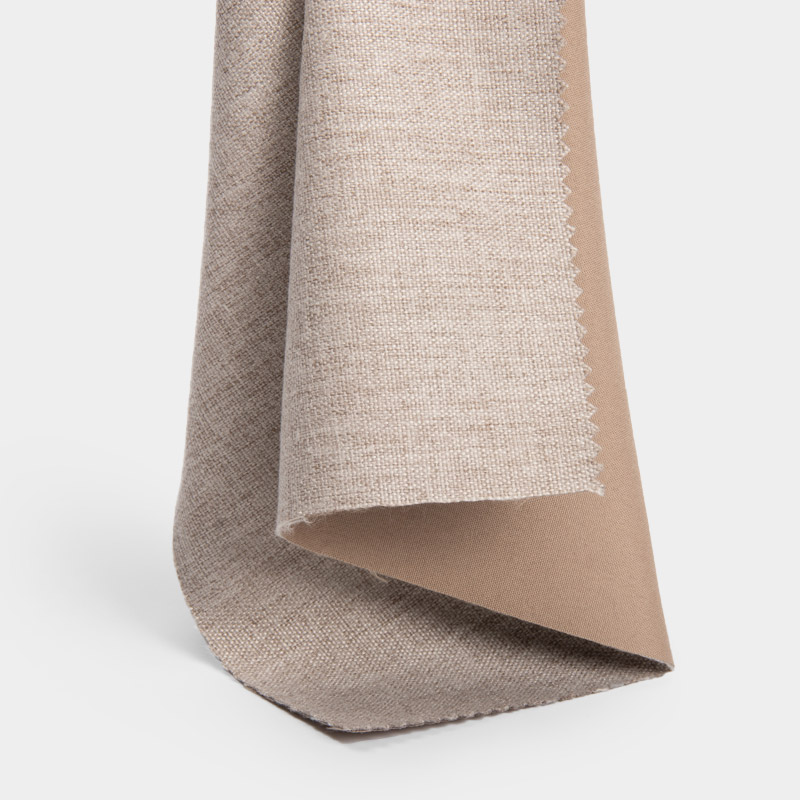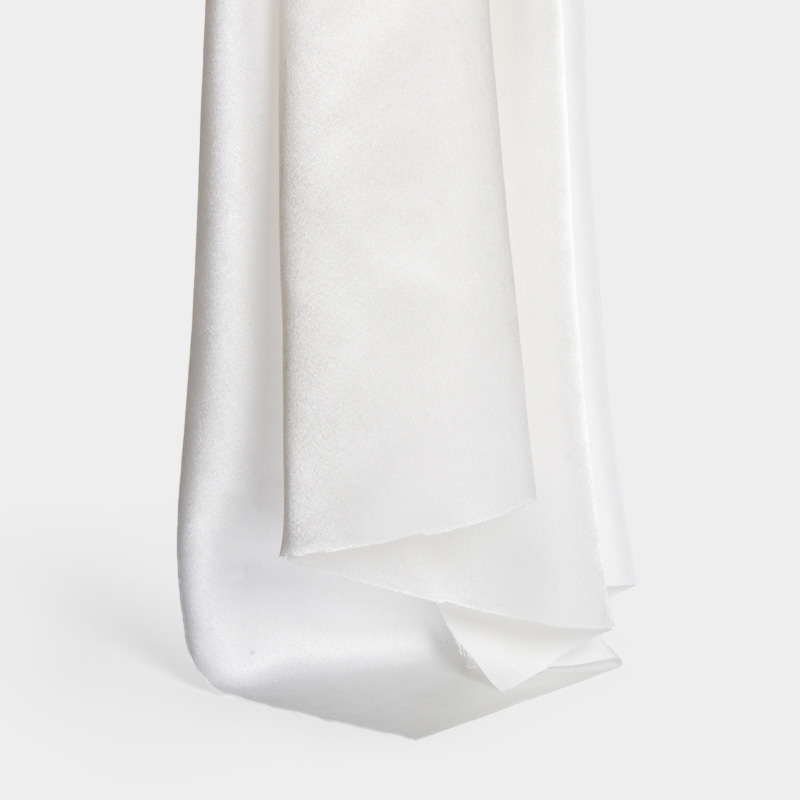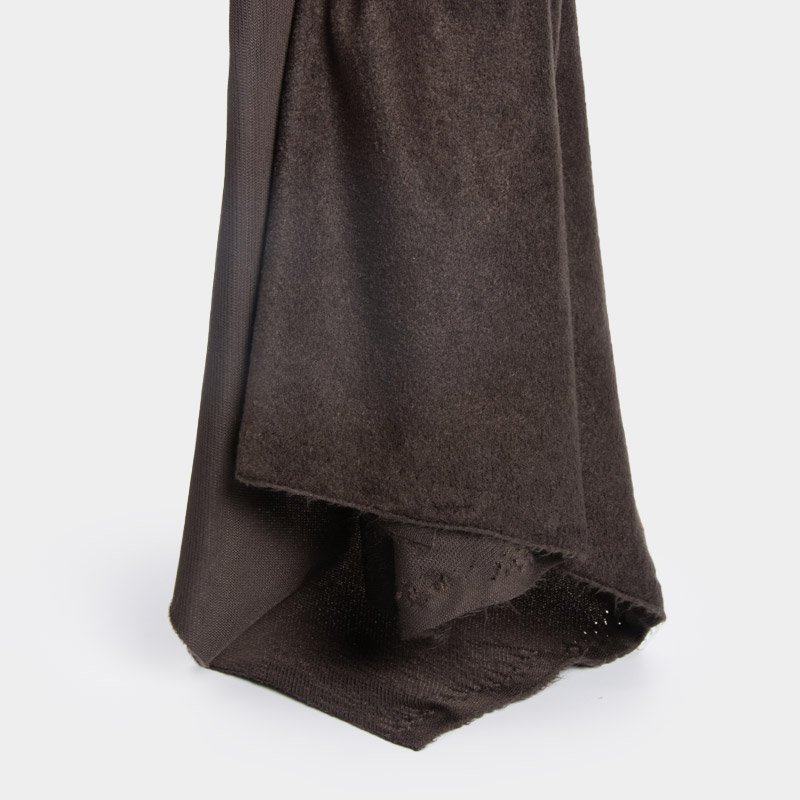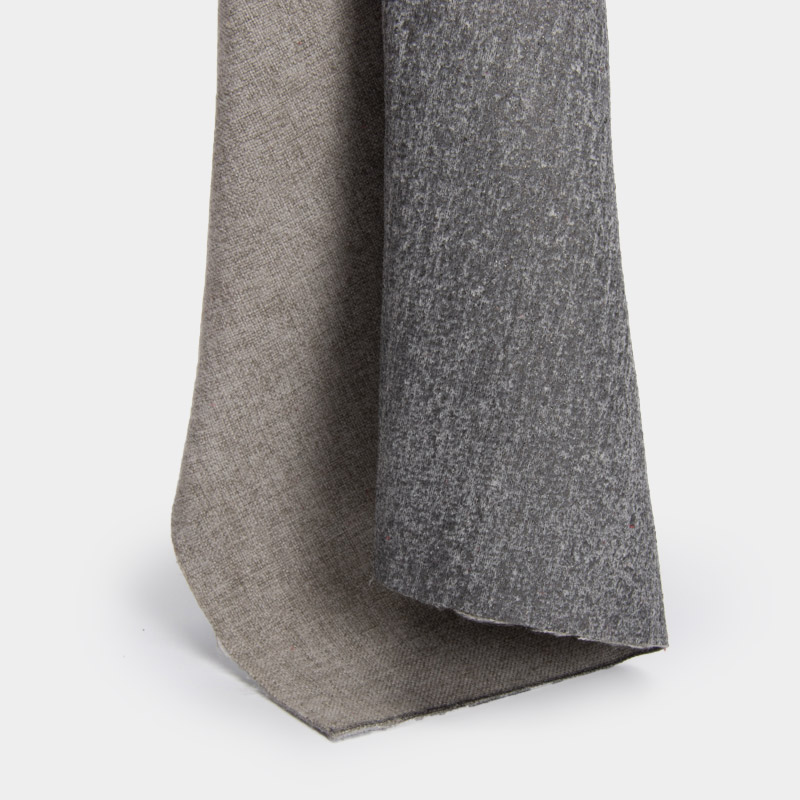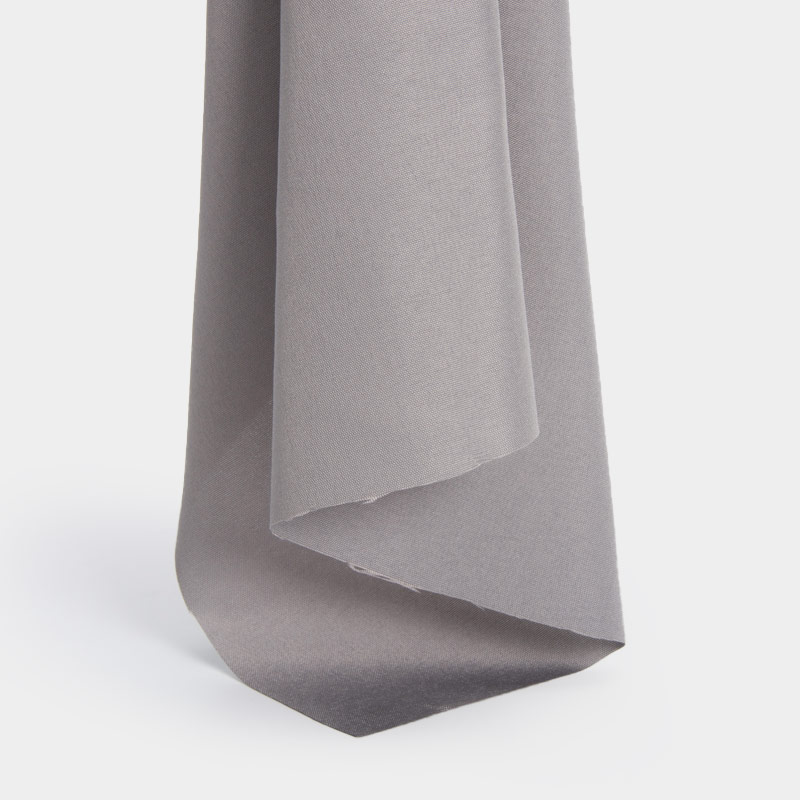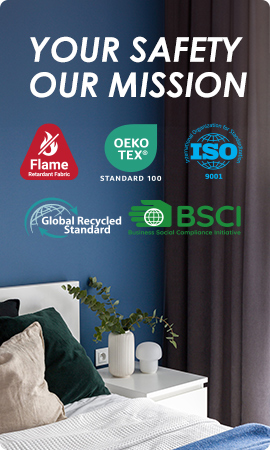How Much Fabric Do You Really Need? A Helpful Guide
Starting a sewing or craft project can be exciting, but estimating the right amount of fire retardant fabric is often challenging. Buying too much fire resistant fabric leads to unnecessary expenses and waste, while purchasing too little can delay the project or result in mismatched materials. This guide provides practical steps to help you accurately calculate your material needs, ensuring efficiency and cost-effectiveness.
-500x375.webp)
Factors Influencing Fabric Usage
Project Type and Size
The type and size of your project significantly affect the amount of fabric required.
For example, children’s garments typically need less fabric, but designs with ruffles or pleats may require additional fireproof material.
Curtains demand precise calculations, especially for full-length designs.
To determine how much fabric do you need for fr curtains, consider the window’s width, desired fullness, and pattern direction when estimating fabric needs. These materials come in various functional options, including fire-resistant, waterproof, anti-static, and antibacterial.
Fabric Width
The width of the fabric plays a crucial role in determining how much you need. Standard widths typically vary from 145cm, 150cm, 180cm, 200cm, 280cm and 300cm, but some specialty fabrics like flame resistant fabric may differ. Always check the width before purchasing. To help, you can use a free fabric calculator available online to determine how much fabric is necessary based on your project’s dimensions.
Pattern Direction
The direction of patterns on fabric can influence usage. Stripes, for example, require careful alignment to maintain consistency across seams, which may lead to more waste. For large floral prints, strategic placement to highlight specific motifs may also necessitate more fabric.
Sewing Waste
Cutting patterns often leads to leftover scraps. A fabric material calculator can help you estimate the extra margin to add to your total fabric requirement to account for this waste.
Steps to Estimate Fabric Requirements
Step 1: Determine Project Dimensions
Measure your project’s dimensions carefully, whether it’s clothing or home decor. Use an online fabricator job requirements guide to ensure you’re factoring in any necessary allowances for ease and seam allowances.
Step 2: Plan the Layout
Lay out your pattern pieces to see how they will fit onto your chosen fabric width. This practice helps identify any alignment issues before cutting. You can also use a tool to get a more accurate estimate for large items like curtains or blankets.
Step 3: Calculate Required Length
Determine how many yards or meters of fabric are necessary by considering your layout plan. A fabric calculator will assist in accurately calculating this, whether for commercial usage or DIY projects.
Step 4: Add Extra Allowance
It’s always wise to add an additional margin—typically 10%—to avoid running short of fabric midway through your project. Many fabric suppliers provide a creative fabric for free, which includes a built-in margin for such errors.
Step 5: Create a Template
If you frequently make similar items (e.g., tote bags), create reusable templates from sturdy materials like cardboard. Templates streamline future projects by eliminating repeated calculations each time you sew with fabric.
-500x459.webp)
Professional Tips
Tip 1: Confirm Before Purchasing
Confirm your measurements before purchasing fabric. Always use a fabricator job requirements calculator or ask for a free fabric calculator to double-check your needs.
Tip 2: Request Samples for Testing
For specialized projects (such as custom curtains), don’t forget to calculate how much fabric you really need based on the specific patterns or design elements you’re working with.
Tip 3: When in Doubt, Buy More Rather Than Less
When in doubt, always buy a little more fabric. It’s better to have some leftover than to run out of material halfway through your project.
Tip 4: Keep Records of Previous Usage.
Document past projects’ dimensions alongside corresponding amounts of fabric purchased so future endeavors benefit from lessons learned regarding efficient resource allocation strategies.
-500x500.webp)
BEGOODTEX Assists You in Calculating Fabric Requirements
BEGOODTEX offers transparent information about fabric widths, which enables you to make accurate calculations for any project need flame resistant fabric, whether it’s for commercial usage or personal crafts. We also offer a how much fabric do you need for curtains calculator for precise measurements, especially for larger items.
We allow small orders without incurring trial-and-error costs, making us ideal partners whether tackling personal DIY tasks requiring minimal quantities—or larger-scale industrial ventures demanding bulk supplies.
Additionally, our stocked multi-functional options include flame-resistant, waterproof, anti-static, and antibacterial varieties suitable for diverse applications!
FAQ
Q: What’s the difference between fire-resistant fabric needs for knit vs. woven fabrics?
A: Knit fabrics stretch, often requiring less material for fitted garments, but you may need to adjust for drape or stretch percentage. Woven fabrics are more rigid, often needing extra for ease, linings, or structured designs. Check your pattern for specific recommendations.
Q: How do I account for fabric shrinkage?
A: Pre-wash and dry your material as you would the finished garment to account for shrinkage. Natural fibers like cotton or linen may shrink 5-10%. Buy 10-15% extra fabric to compensate, especially for unwashed bolts.
Q: What if my fabric has a directional print or nap?
A: Directional prints (e.g., stripes, one-way designs) or fabrics with nap (e.g., velvet) require all pattern pieces to face the same direction, increasing yardage. Check the pattern layout for “with nap” estimates, typically adding ¼ to ½ yard.

